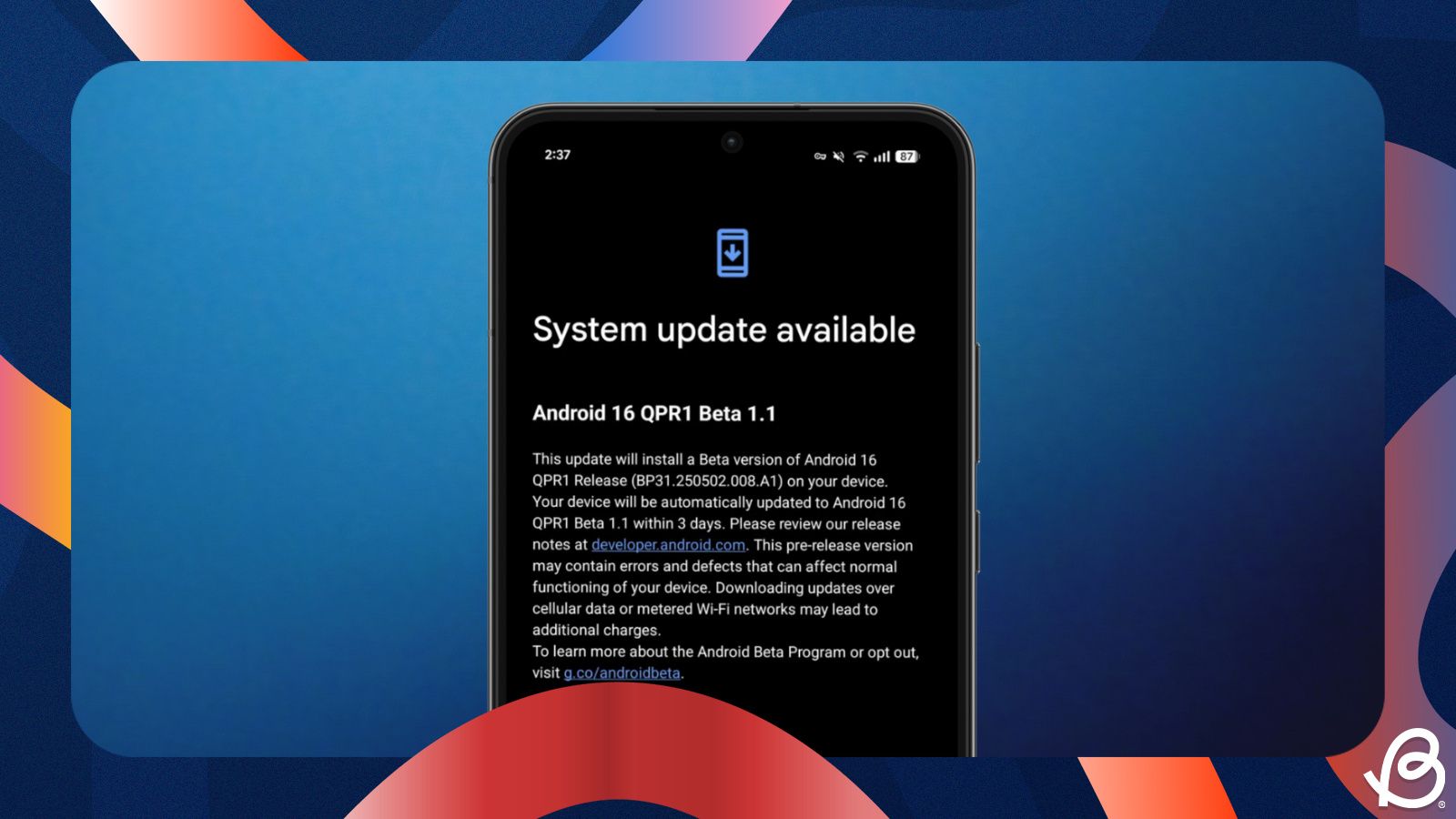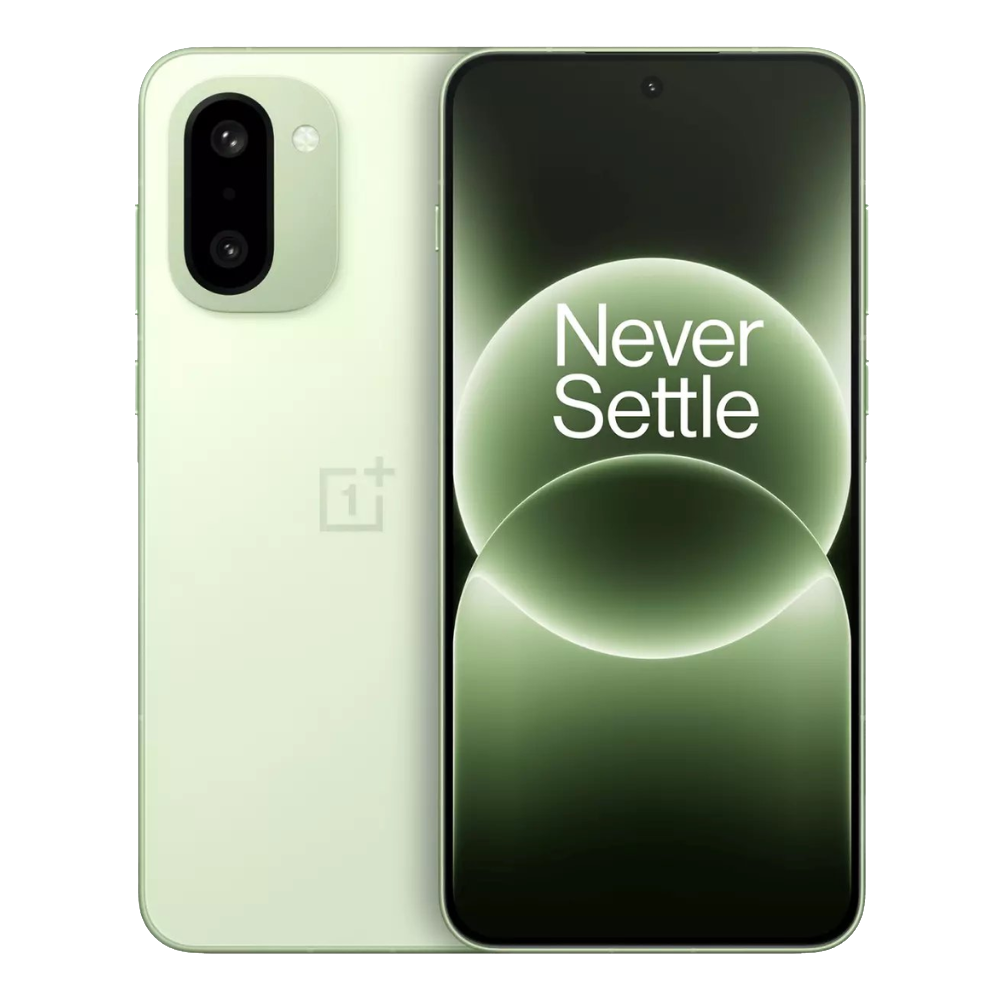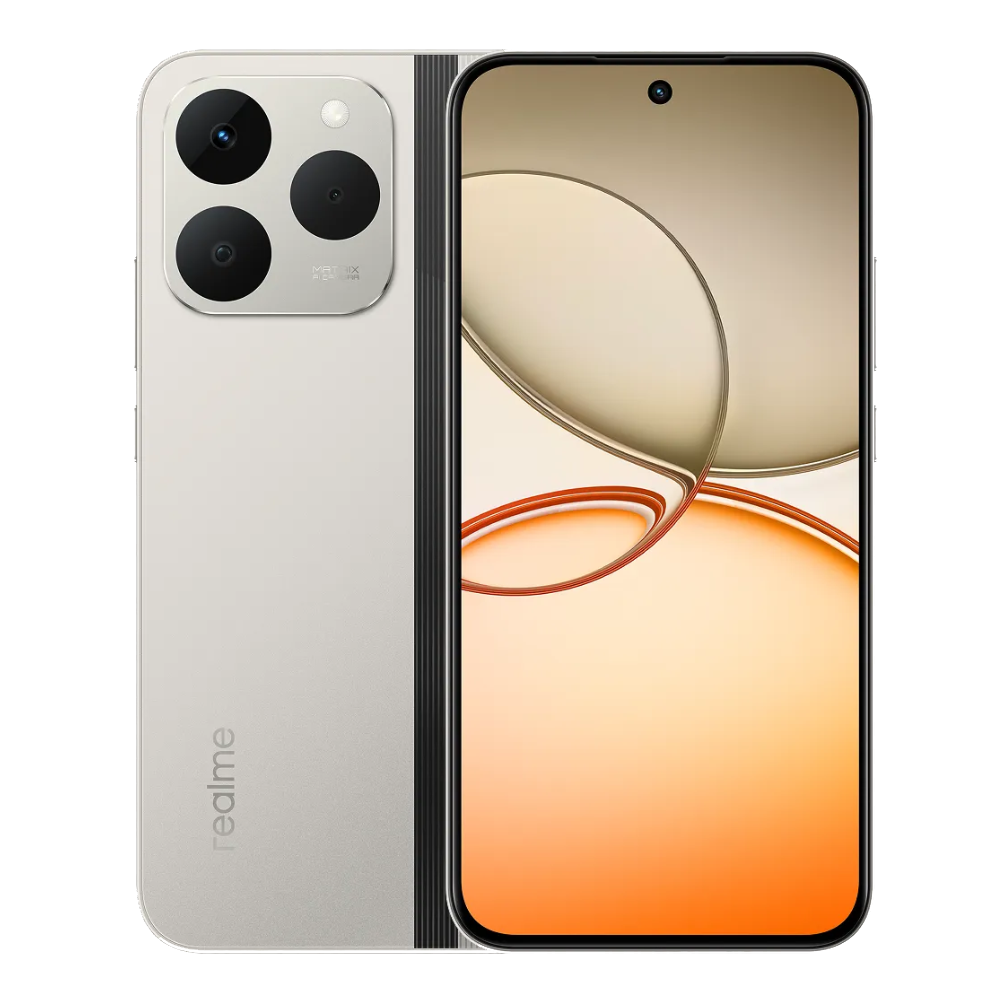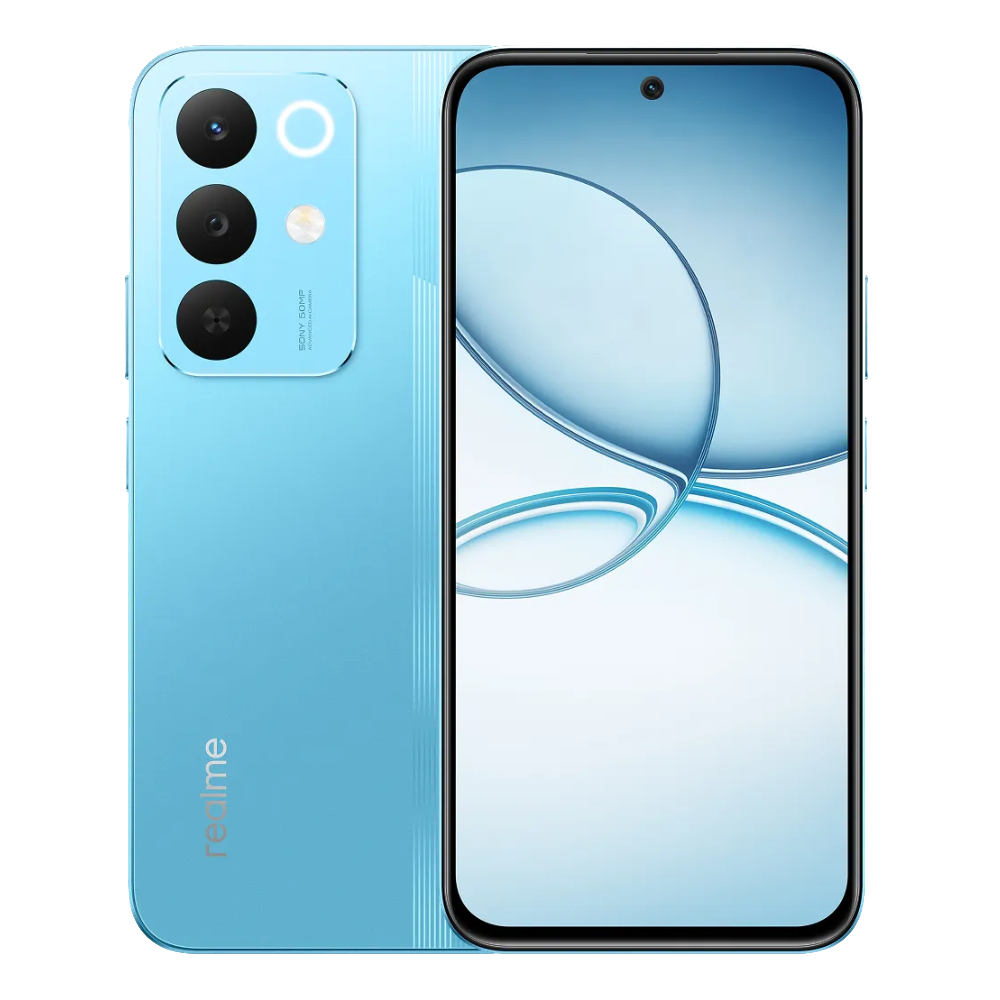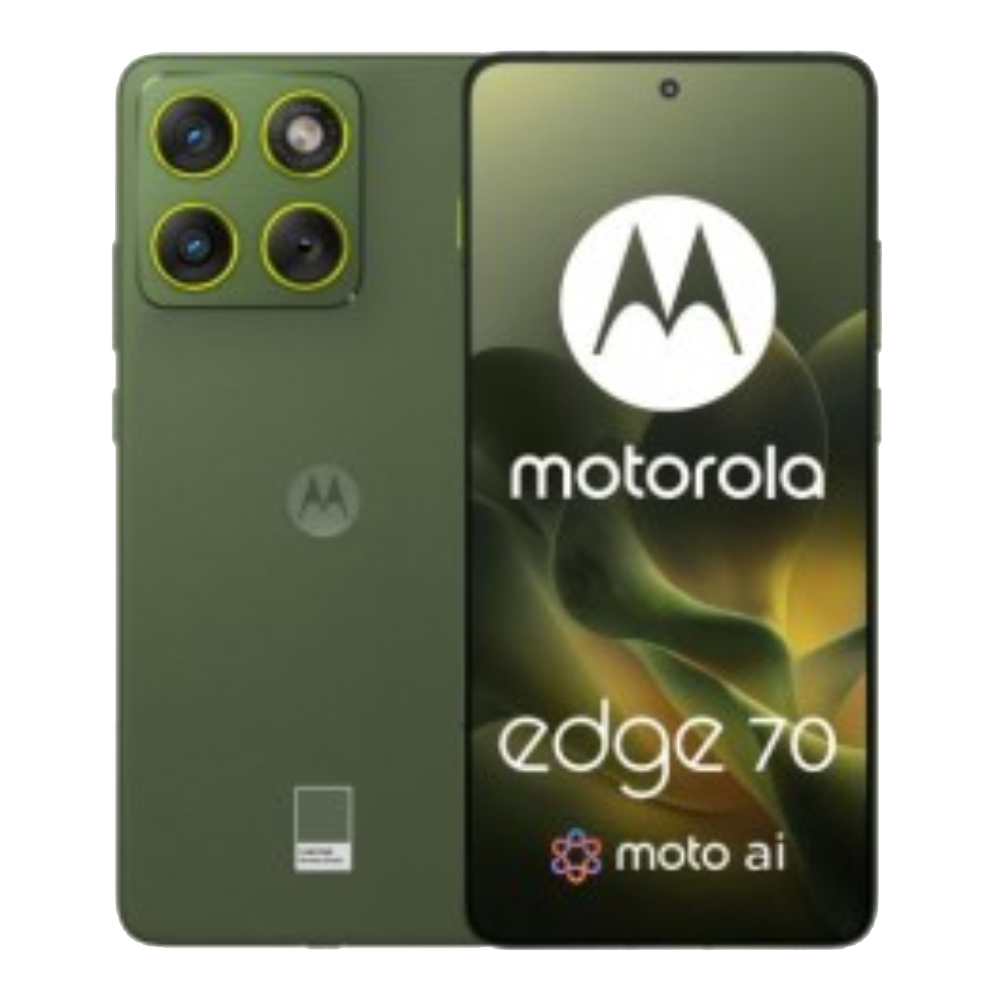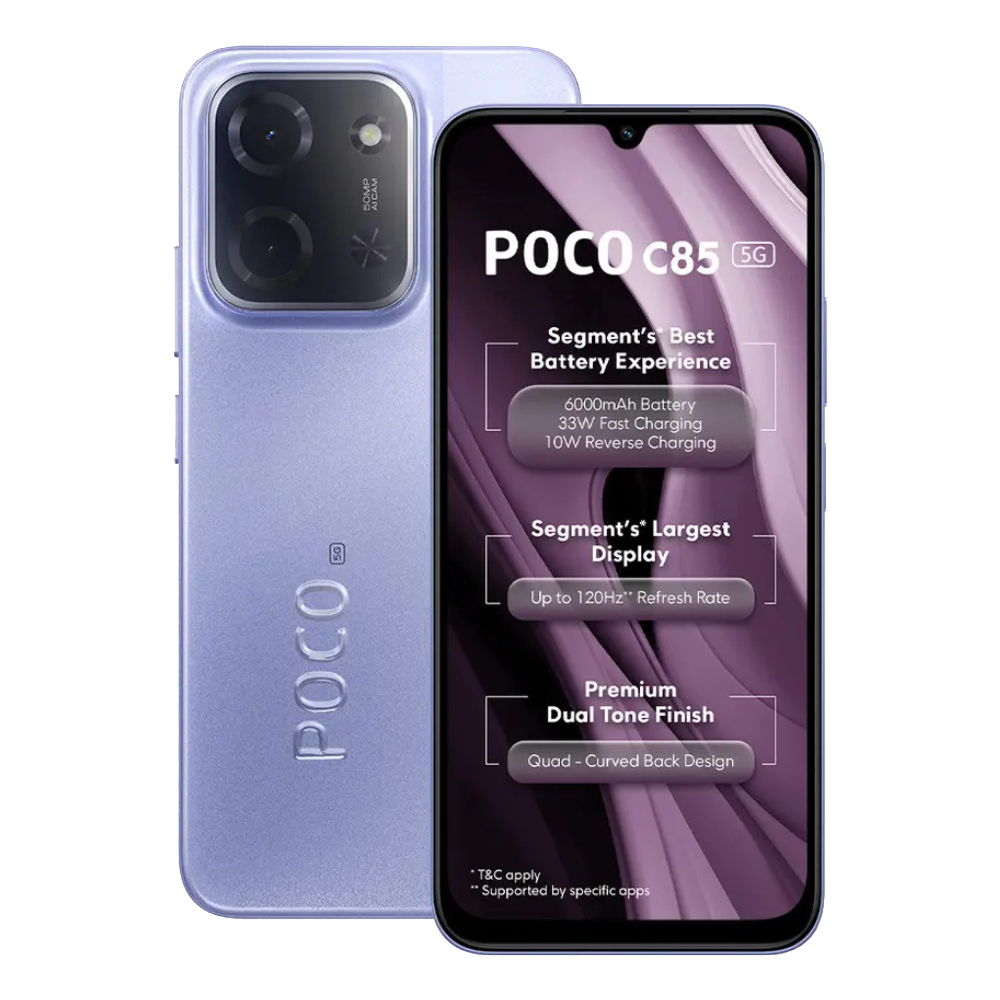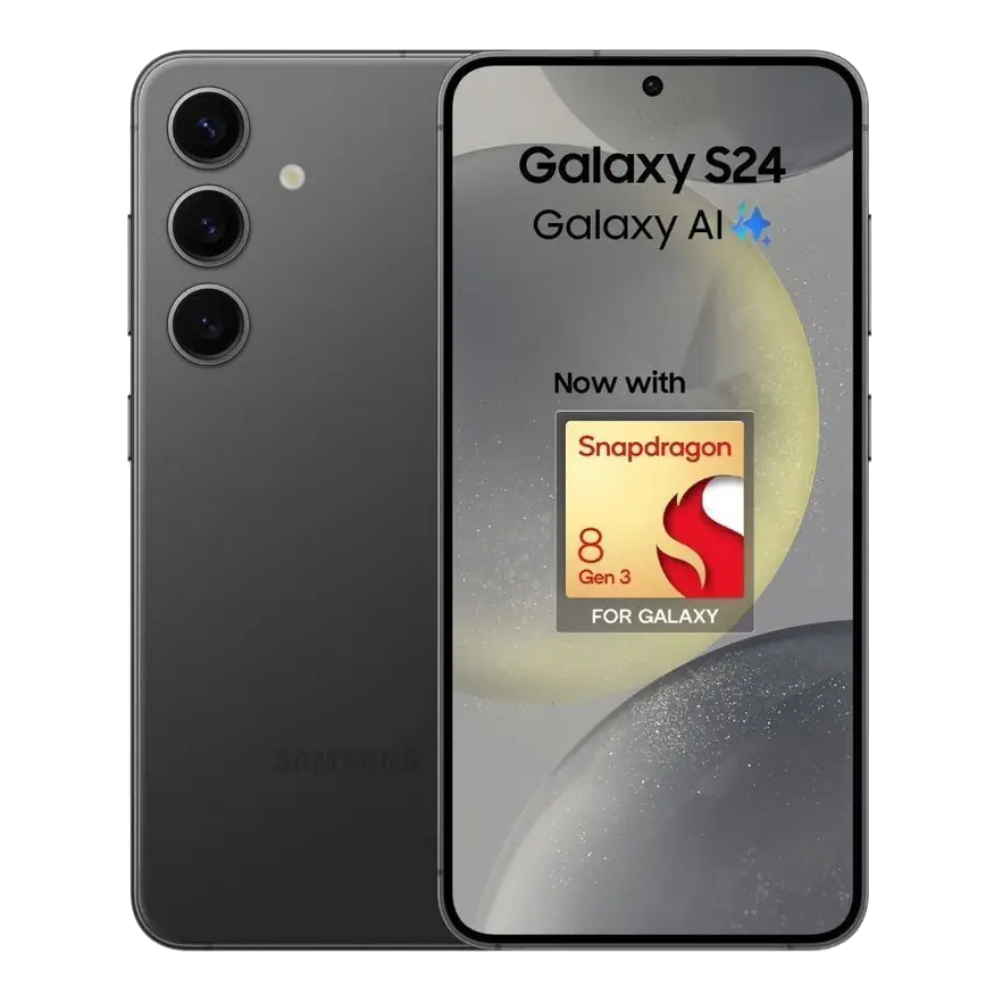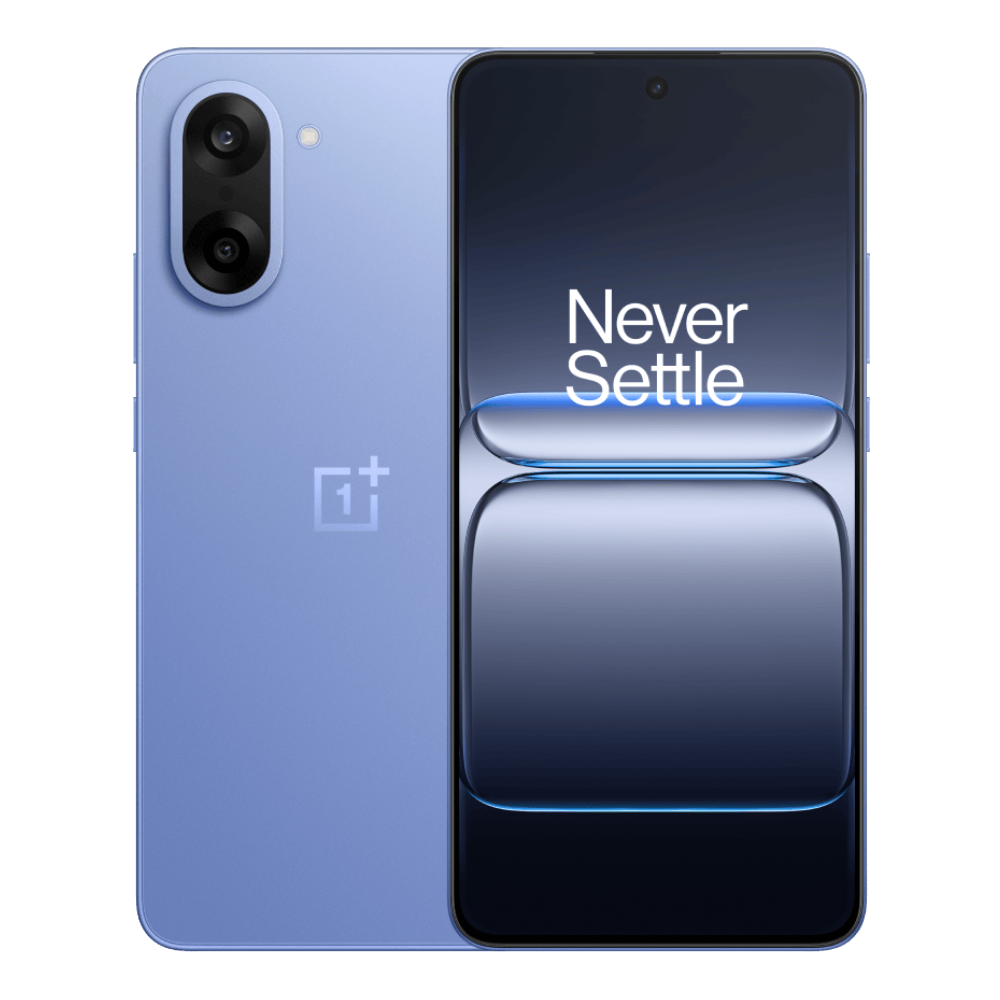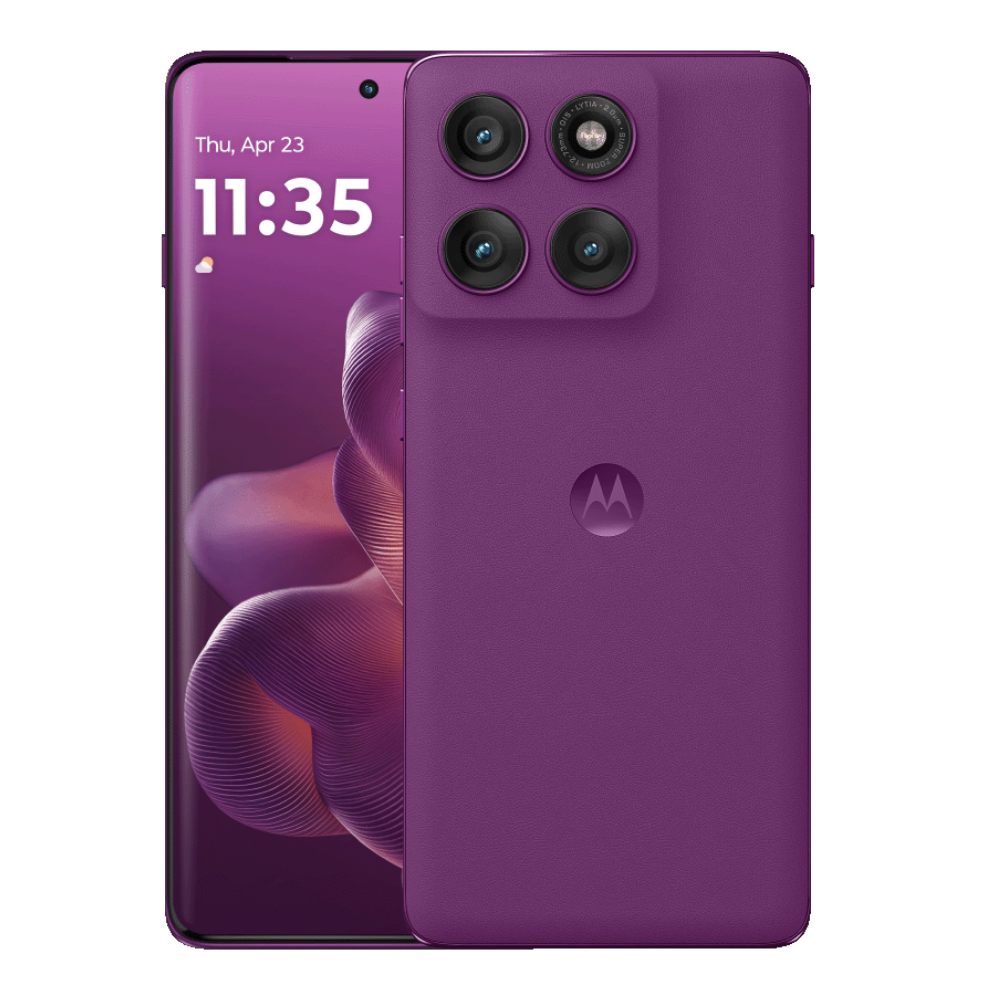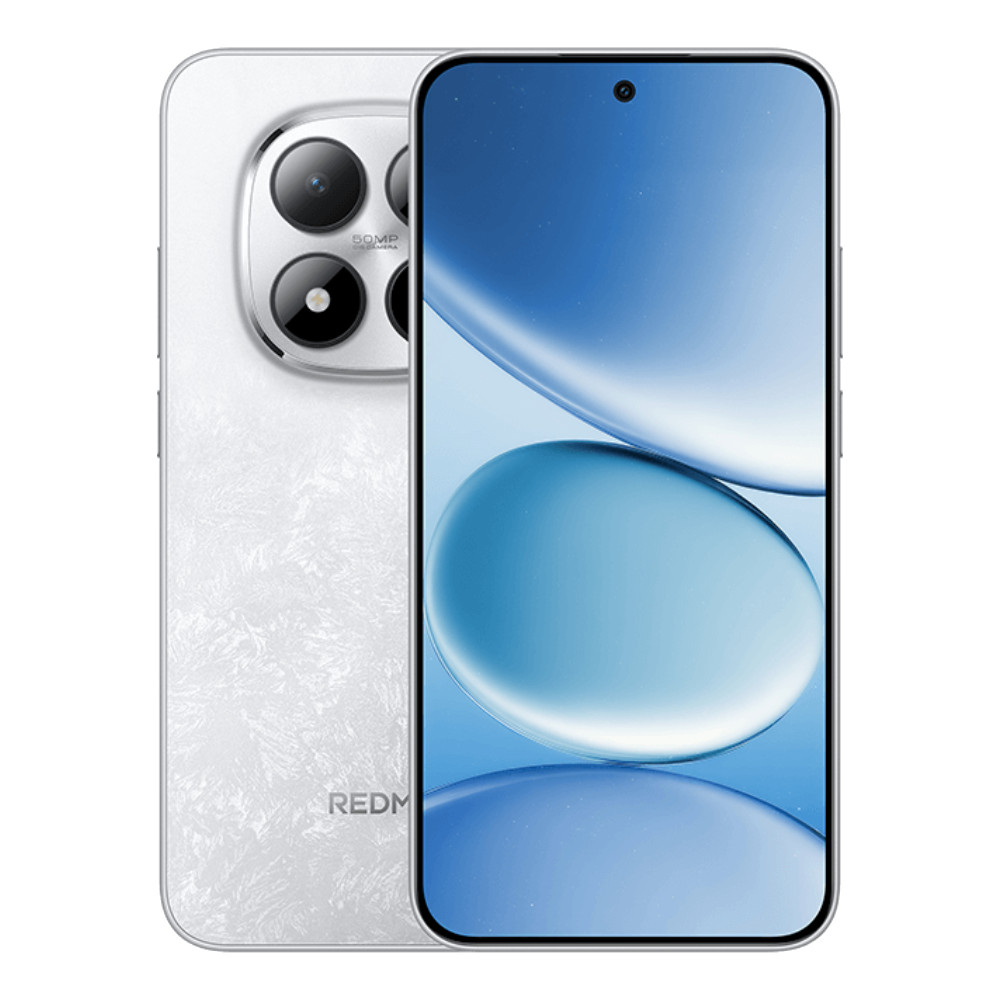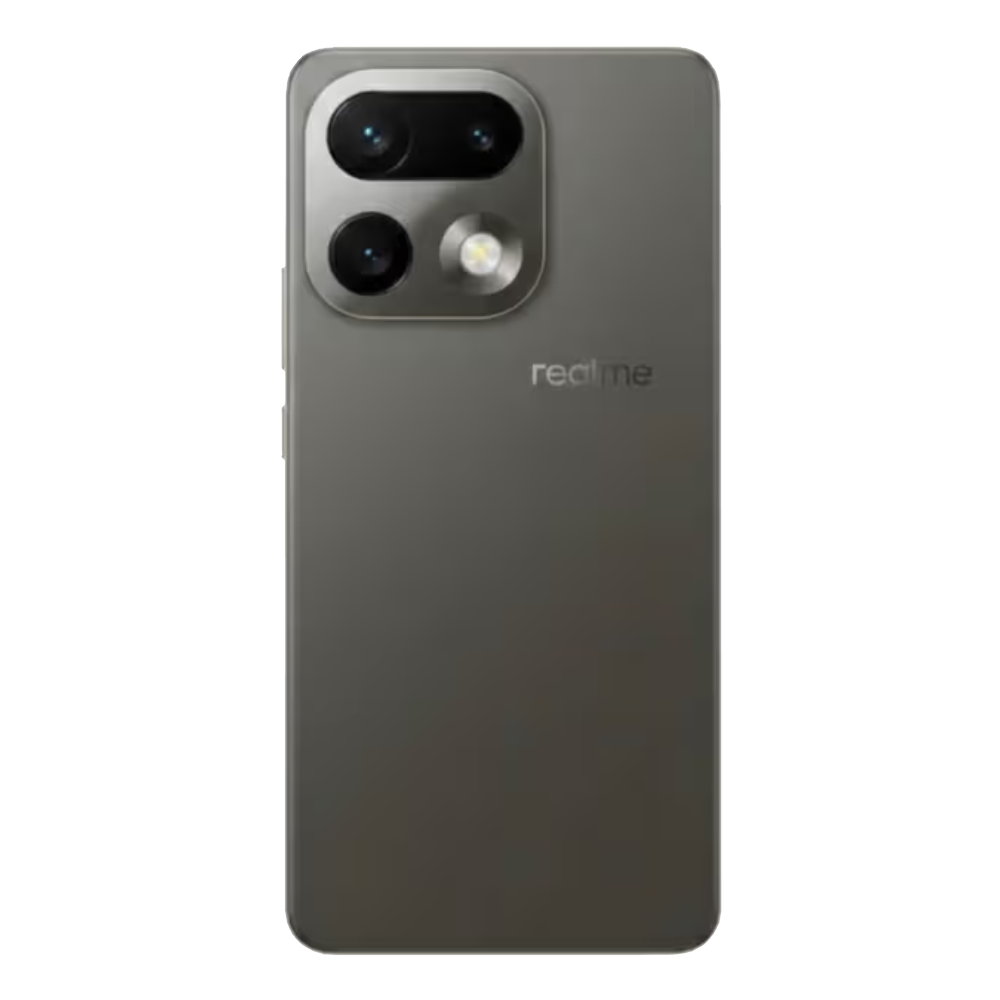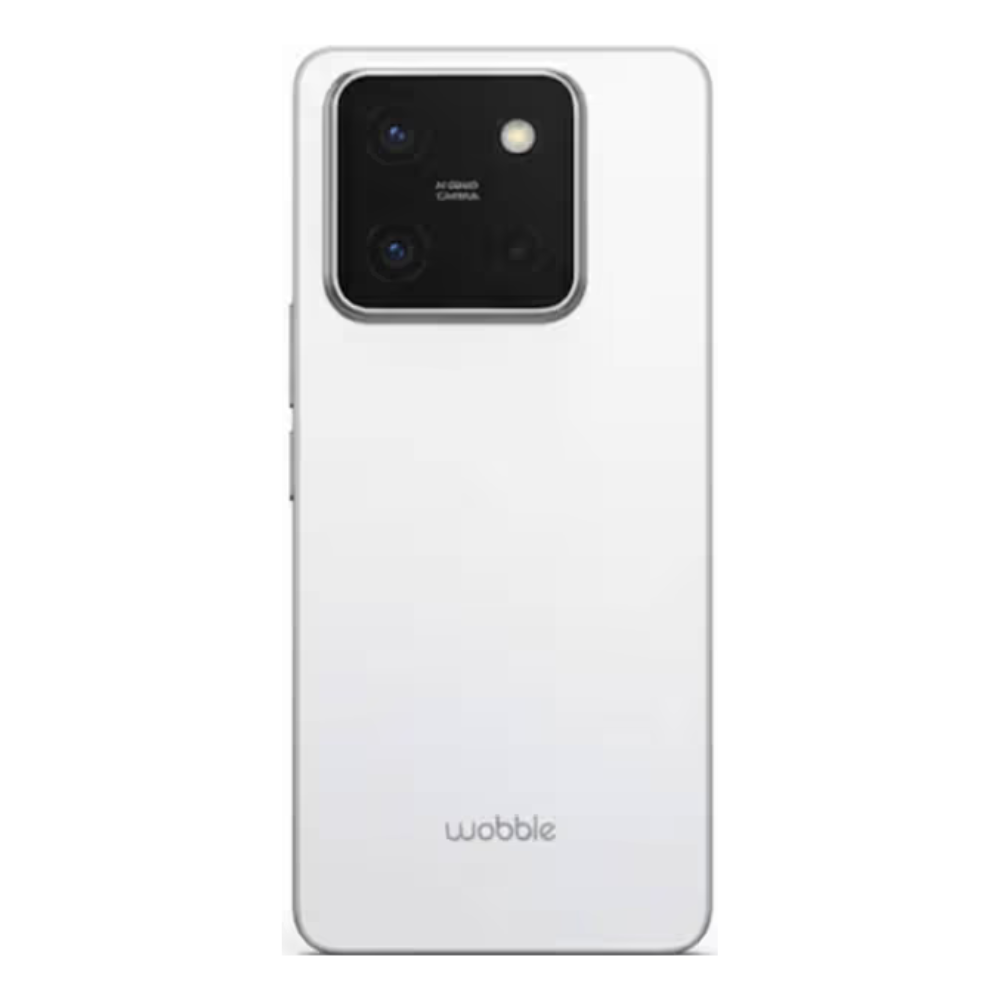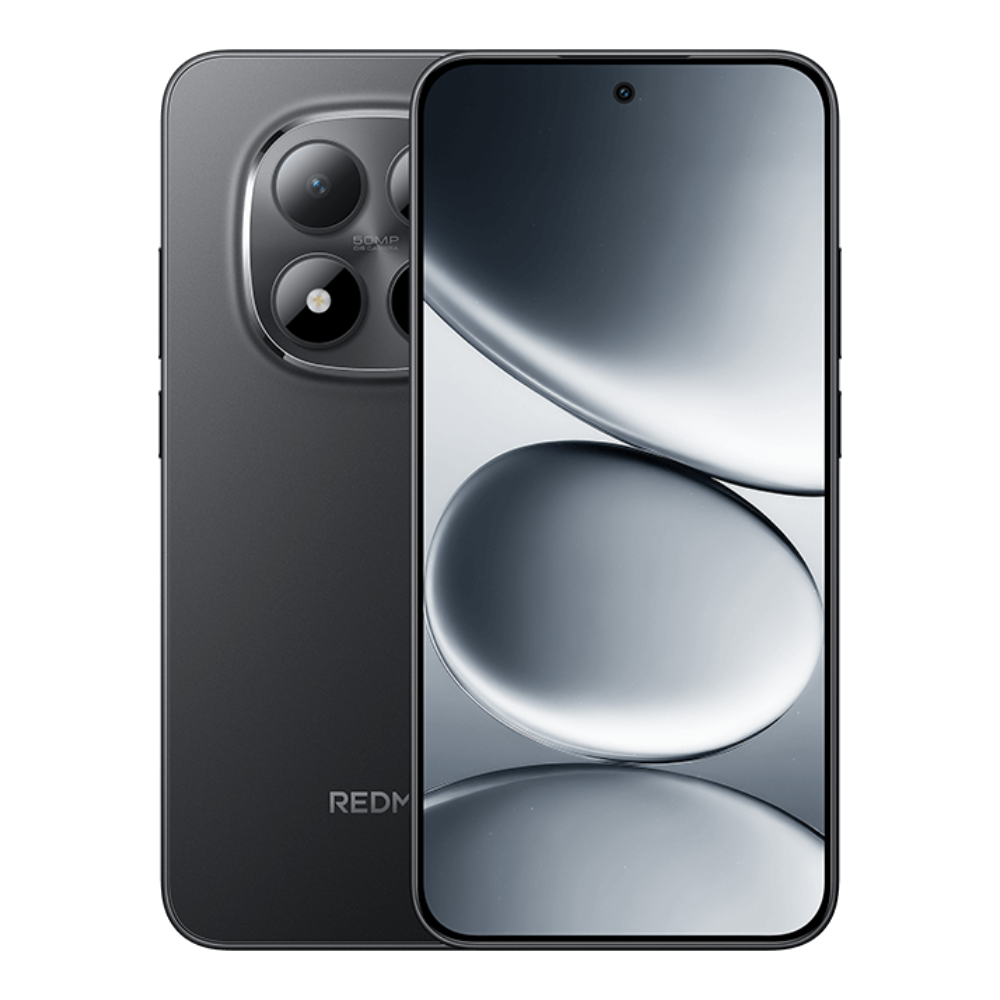One of the biggest revamps in Android 16 is the customisable Quick Settings menu, which looks great thanks to Material 3 Expressive. If you're new to Material 3 Expressive, here's how to customise Android 16's Quick Settings panel on Pixel phones to get the most out of it.
What's new in Android 16's Quick Settings?
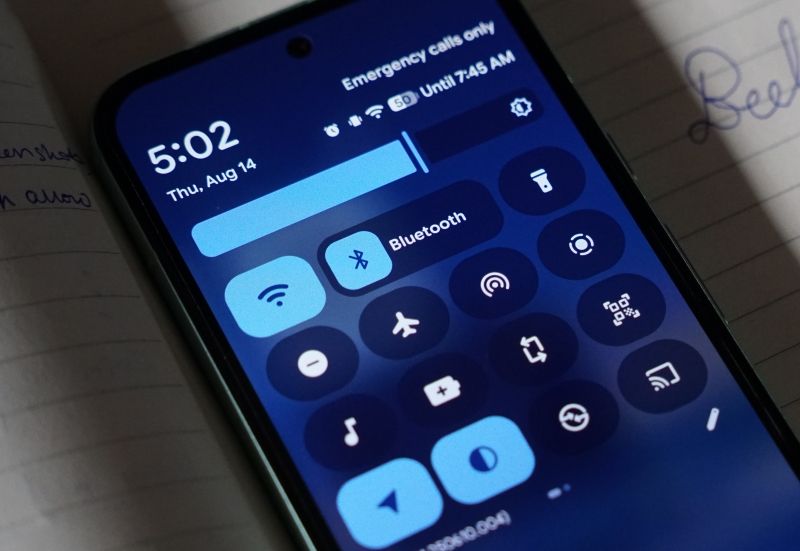
Android's Quick Settings was among the most requested upgrades since Android 12 and with Android 16, we can finally see it come to fruition. Here's what's new:
- Quick Settings tiles are more rounded and have their own subtle animations upon interaction.
- Users can choose between 1x1 and 2x1 tiles, which lets them have more tiles in the non-expanded UI (eight) versus four in Android 15.
- Unused Quick Settings tiles are now divided into categories, making it easier for users to find them. These categories include Connectivity, Utilities, Display, Privacy, Accessibility, From system apps and From apps you installed.
- Tiles are much quicker to drag and drop, which makes the whole editing process a bit quicker.
- There's a new Undo option that reverts the last tile change you made inside Quick Settings.
- The Bluetooth tile has been redesigned to host two actions – tapping on the icon turns it on/off, and hitting the Bluetooth text shows you all the devices you're connected to.
How to customise Android 16 Quick Settings on Google Pixel
The new Quick Settings page is only accessible as part of the Material 3 Expressive redesign, which is currently available on Android 16 QPR beta. It's expected to roll out in September 2025. But if you want to use it right away, you need to install the latest Android 16 beta. Once you do, here's how you can customise the Android 16 Quick Settings on your Google Pixel phone:
- To start customising Android 16's Quick Settings, swipe down twice to open expanded Quick Settings and tap on the Pencil icon.
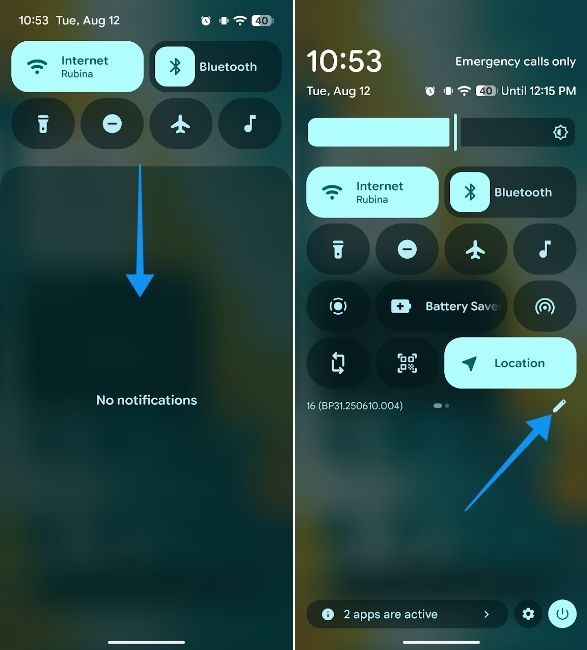
- To add a new tile, swipe down and tap on the + icon on top of the tile to move it to the list of active tiles.
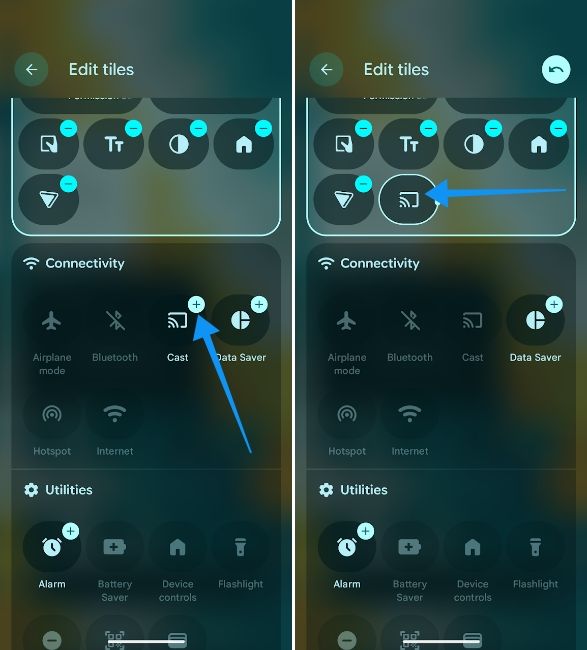
- You can also long-press on a tile and drag it to the desired location.
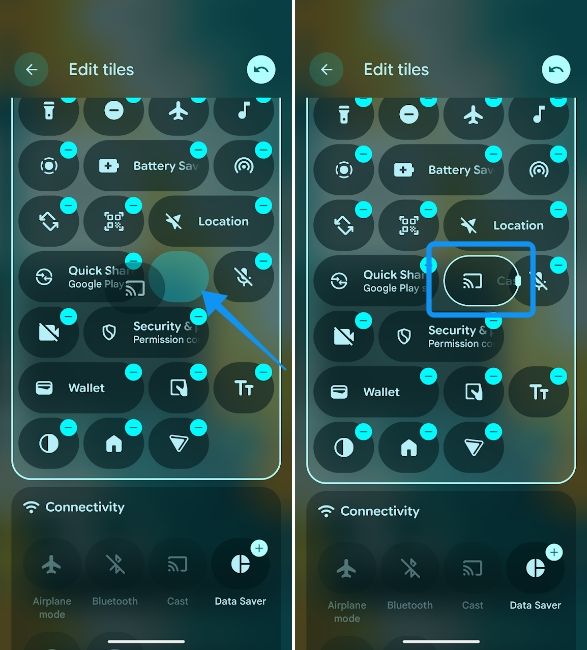
- If you want to make more space for other tiles, tap on a tile and a resize handle should appear on its right.
- Hold and move this handle to the left to shrink the tile, or move it to the right to expand the tile.
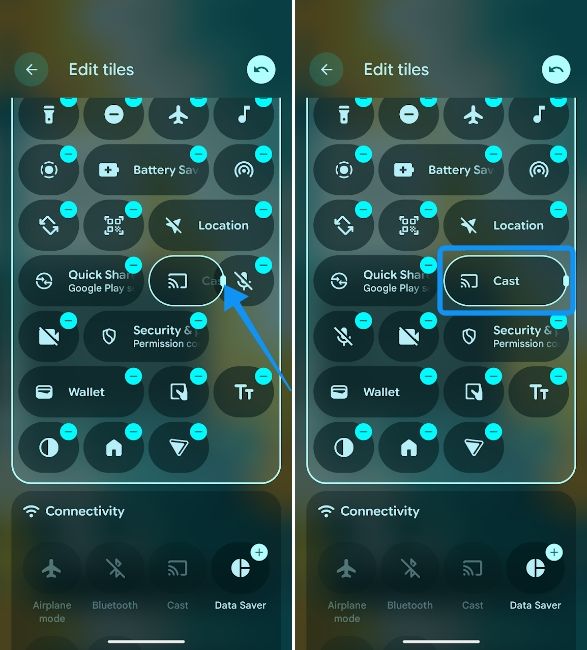
- During the process, if you want to undo your last action, you can tap on the curved left arrow at the top right.
- If you want to start editing the Quick Settings from scratch, scroll down to the bottom and tap on Reset.
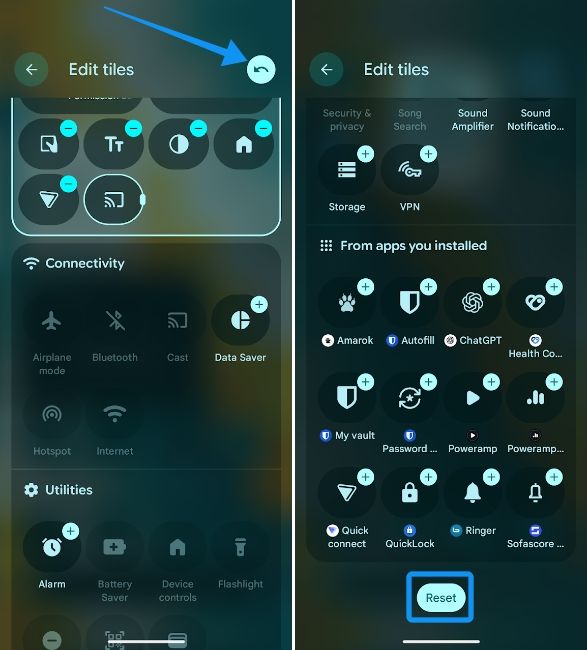
- Once you're done making changes, hit the back arrow to save the layout.
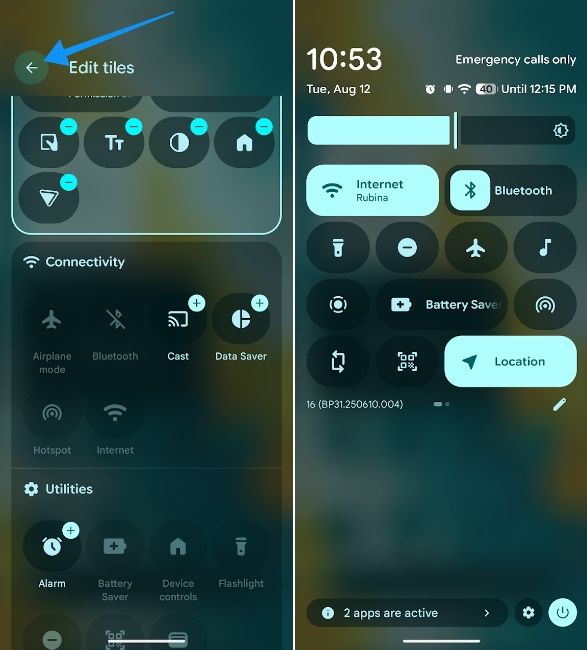
Your newly-customised Android 16 Quick Settings panel should be ready. You can follow the same process the next time you want to update the layout.
Tips to get the most out of Android 16 Quick Settings
Customising the Quick Settings layout itself is a piece of cake, but what matters is how well you utilise the space.
For starters, the tiles in the first two rows are what you see on a single swipe, so it makes sense to cram in as many tiles as you can to quickly enable or disable these features. We recommend having all the tiles, barring Bluetooth, shrunk to 1x1 size to make the most out of the space.
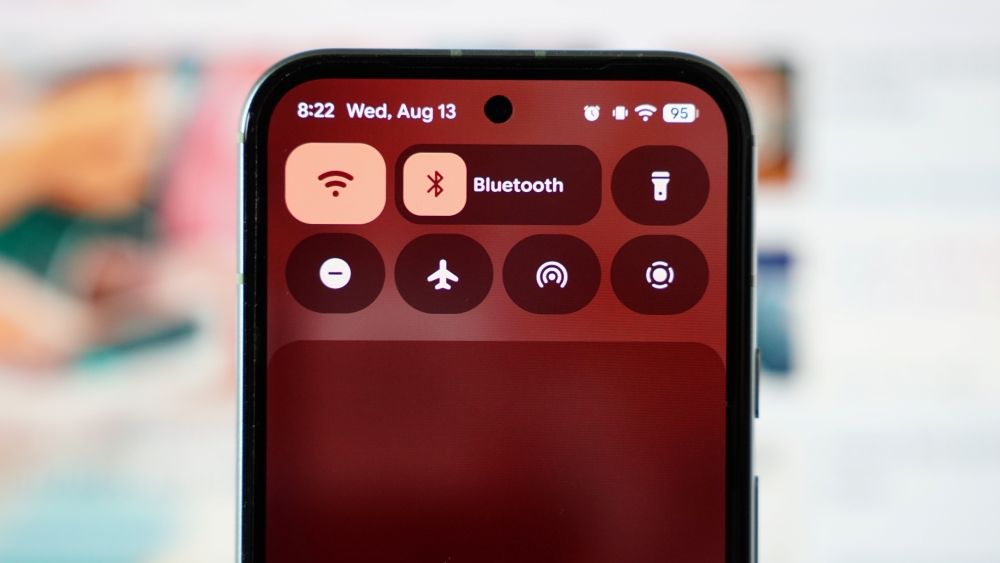
Why just Bluetooth, you ask? The 2x1 Bluetooth Quick Settings tile also got a revamp on Android 16. A single tap on the Bluetooth icon turns on/off the feature, while tapping on the "Bluetooth" text opens a mini overlay with a list of your connected devices. Therefore, we recommend having it enlarged to its 2x1 size and not 1x1.
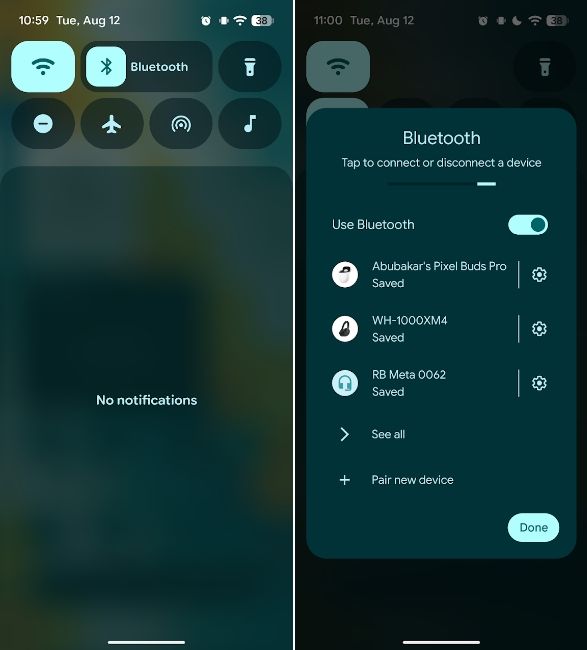
For the rest, I usually have Flashlight, DND, Aeroplane mode and Screen recorder tiles as I use them quite often. You may have your own preferred toggles, which you can try to add here. Tiles starting from the third row appear only when you expand the Quick Settings panel. These can be reserved for toggles that you interact with less frequently.
Some of the most underrated Quick Settings tiles are the ones provided by third-party apps. In my case, I could Bitwarden for easy access to stored passwords and Proton VPN's Quick Connect feature, which instantly secures my connection.
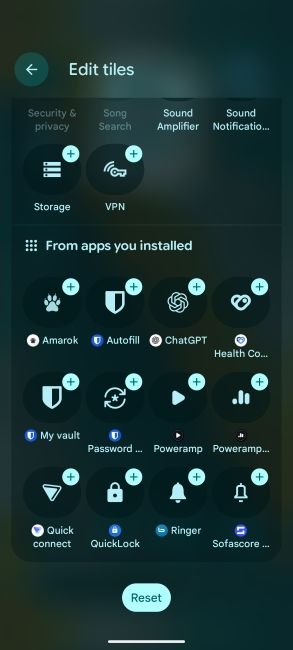
And that's how you can easily customise the new Quick Settings panel in Android 16. By following the tips we mentioned above, you can get the most out of these tiles in no time. Android's Material 3 Expressive is coming soon, and it'll bring many such customisation features, including compact lock screen notifications and more clock customisations. While Android's major revamp is still in Beta, you can try out Material 3 Expressive on supported Pixels.
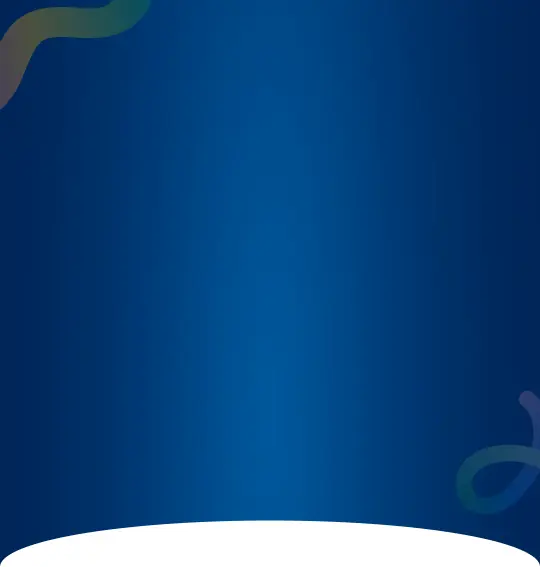

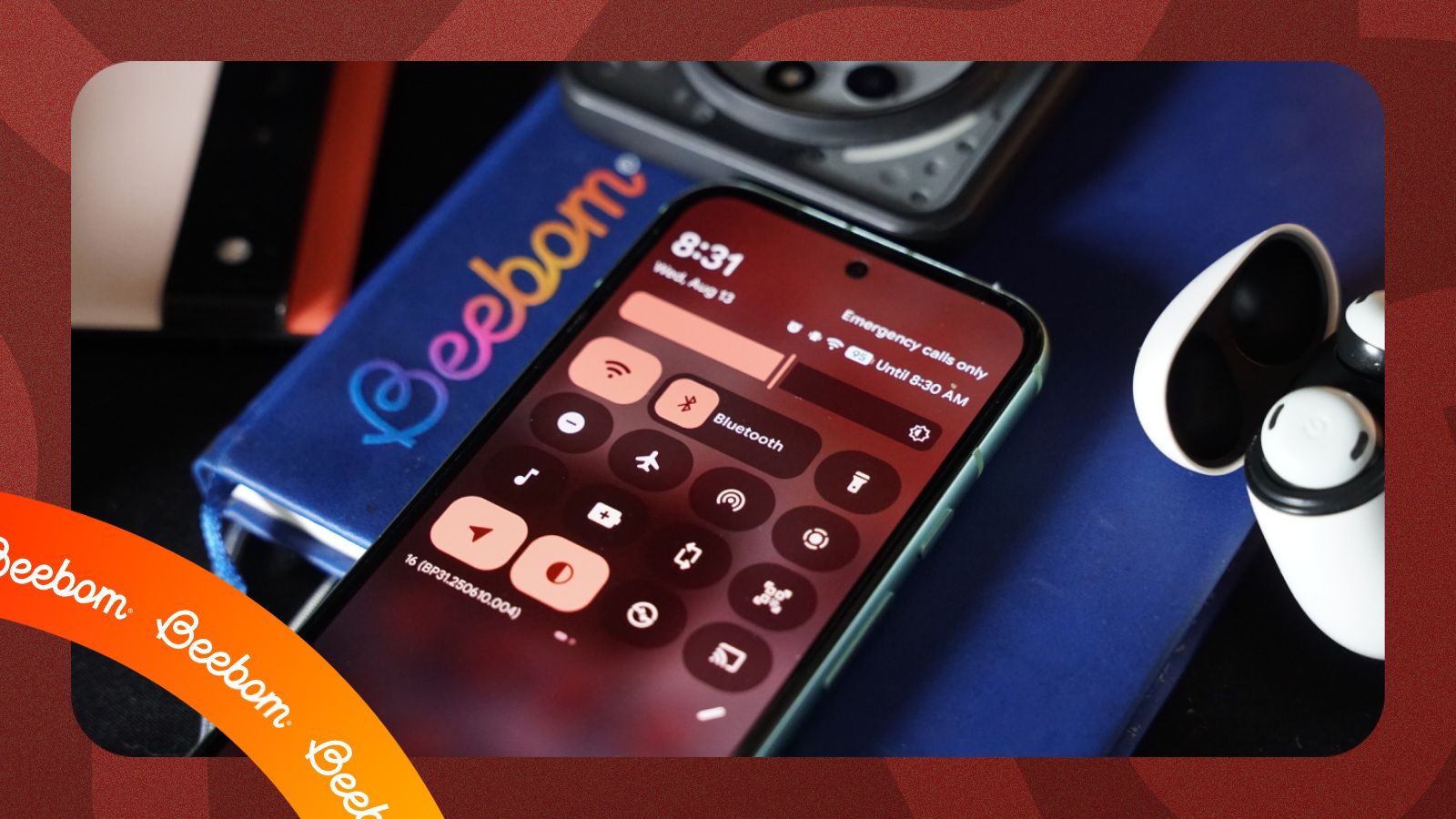
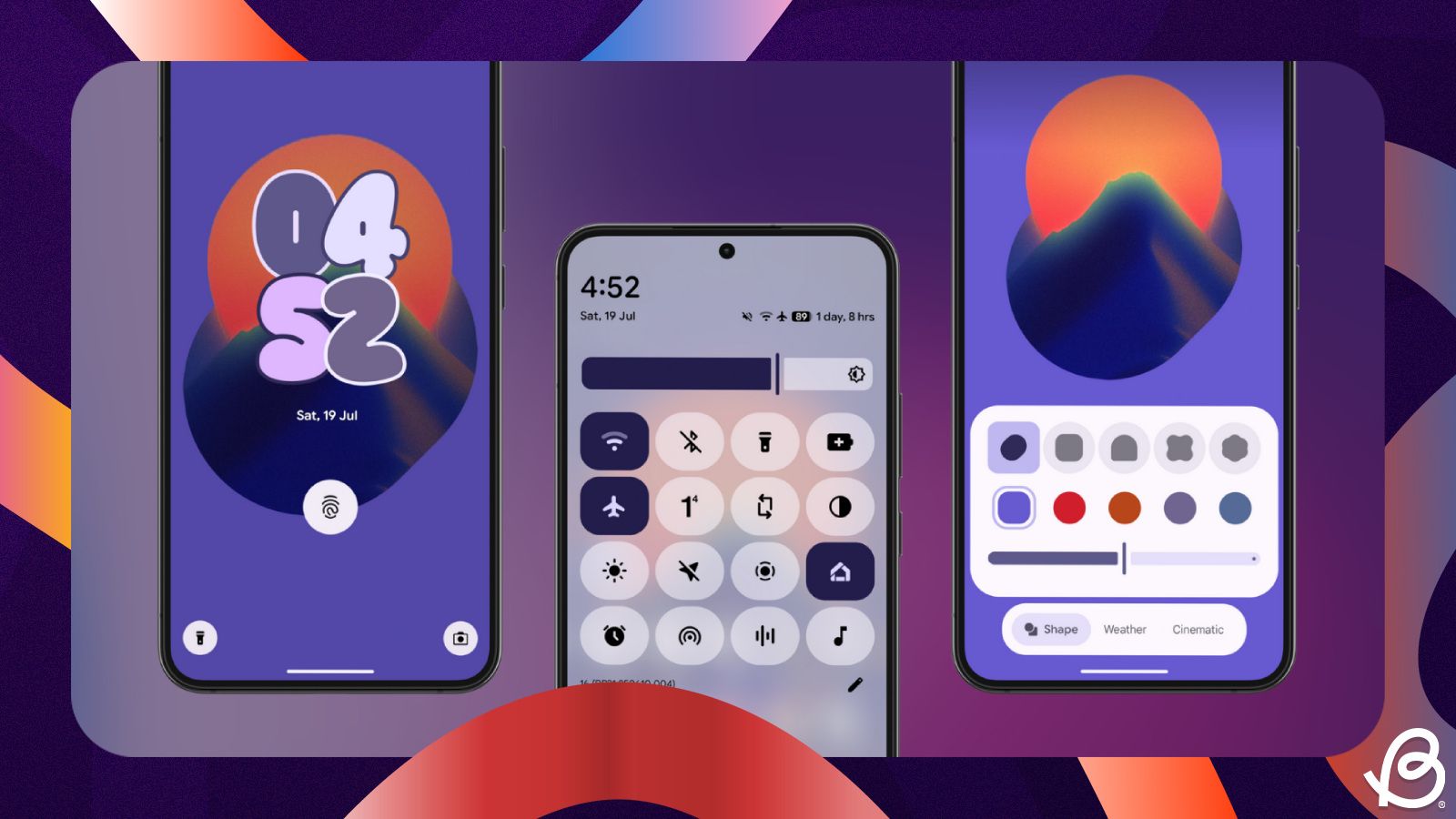

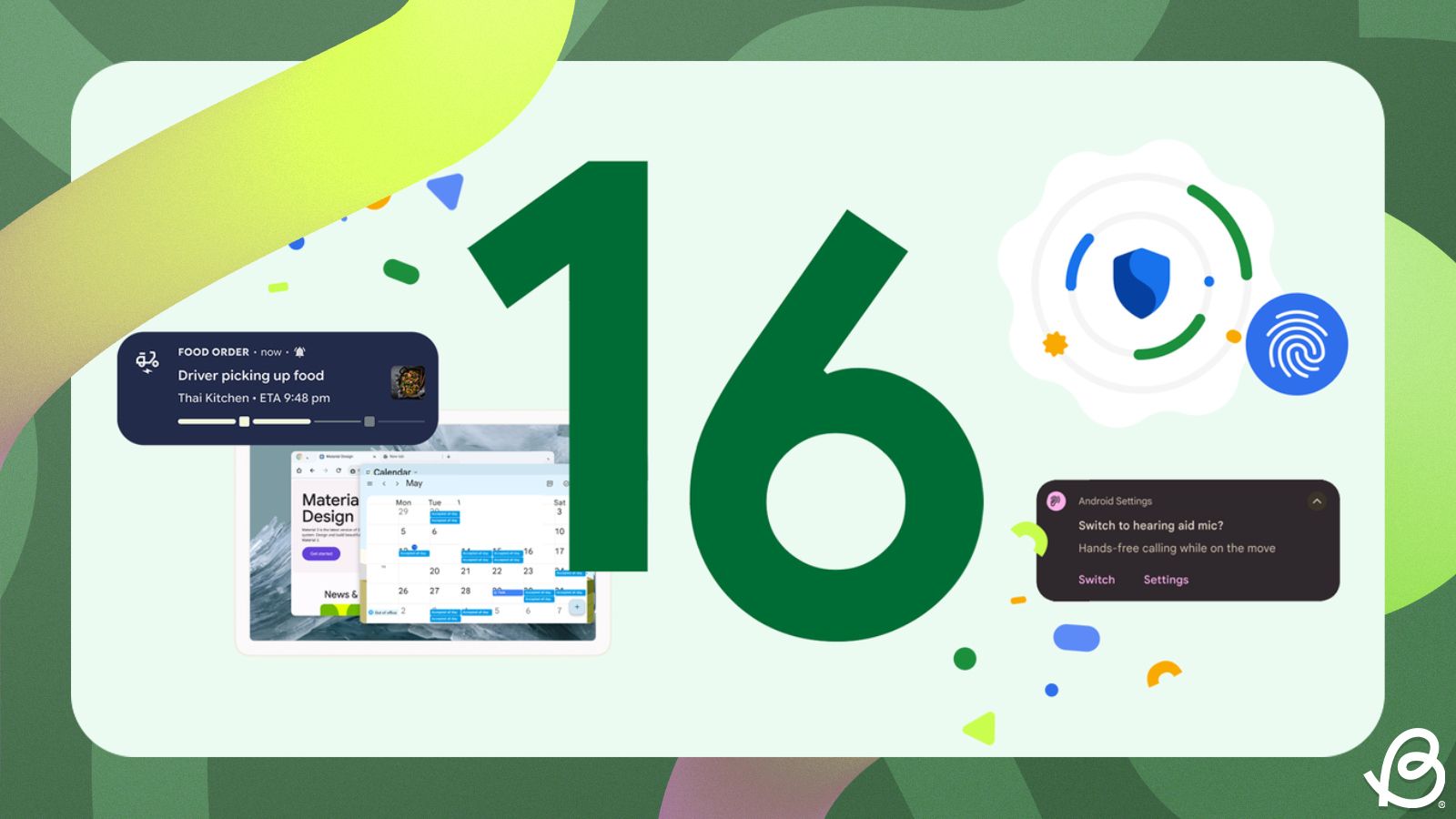
.jpg)
